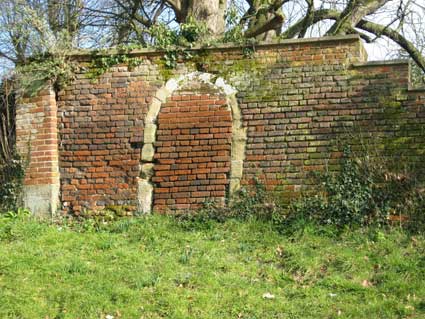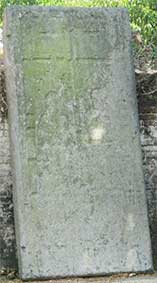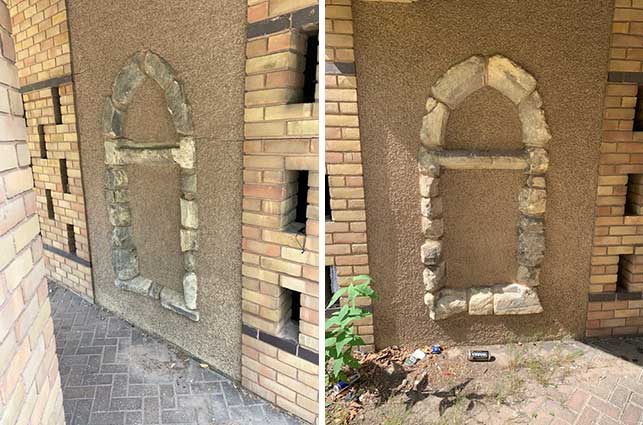
 See our page on the Withypoll
memorials stone which is sited some yards from the arch.
See our page on the Withypoll
memorials stone which is sited some yards from the arch.| Order | Common name |
Founded/ Dissolved |
Location & church |
| St Peter & St Paul (Augustinian, or Austin, Cannons Regular) | 1130 set up by Henry
I /1528 |
Priory of St Peter & St Paul. 'Near the waterside' (east of the current St Peter's Church) | |
| Holy Trinity (Augustinian, or Austin, Cannons Regular) | [known as Christchurch] | 1133 /1537 |
Priory of Holy Trinity, on/near site of Christchurch Mansion, Priory Church, St Margaret's Church |
| Dominican Friars | Blackfriars | 1263 est. by Henry III /1538 |
Friary of the Blessed Virgin, south of Tacket Street (ruins of their church still exist off Foundation Street) |
| Carmelite Friars | Whitefriars | 1278 /1538 |
Carmelite Friary (roughly on site of Buttermarket Shopping Centre), St Peter's Church |
| Franciscan Friars Minor (Friars Conventual) | Greyfriars (mendicant) | 1298 /1535 |
Franciscan Friary, west of St Nicholas Church ('Greyfriars' 1960s development) |
 2022
images
2022
images